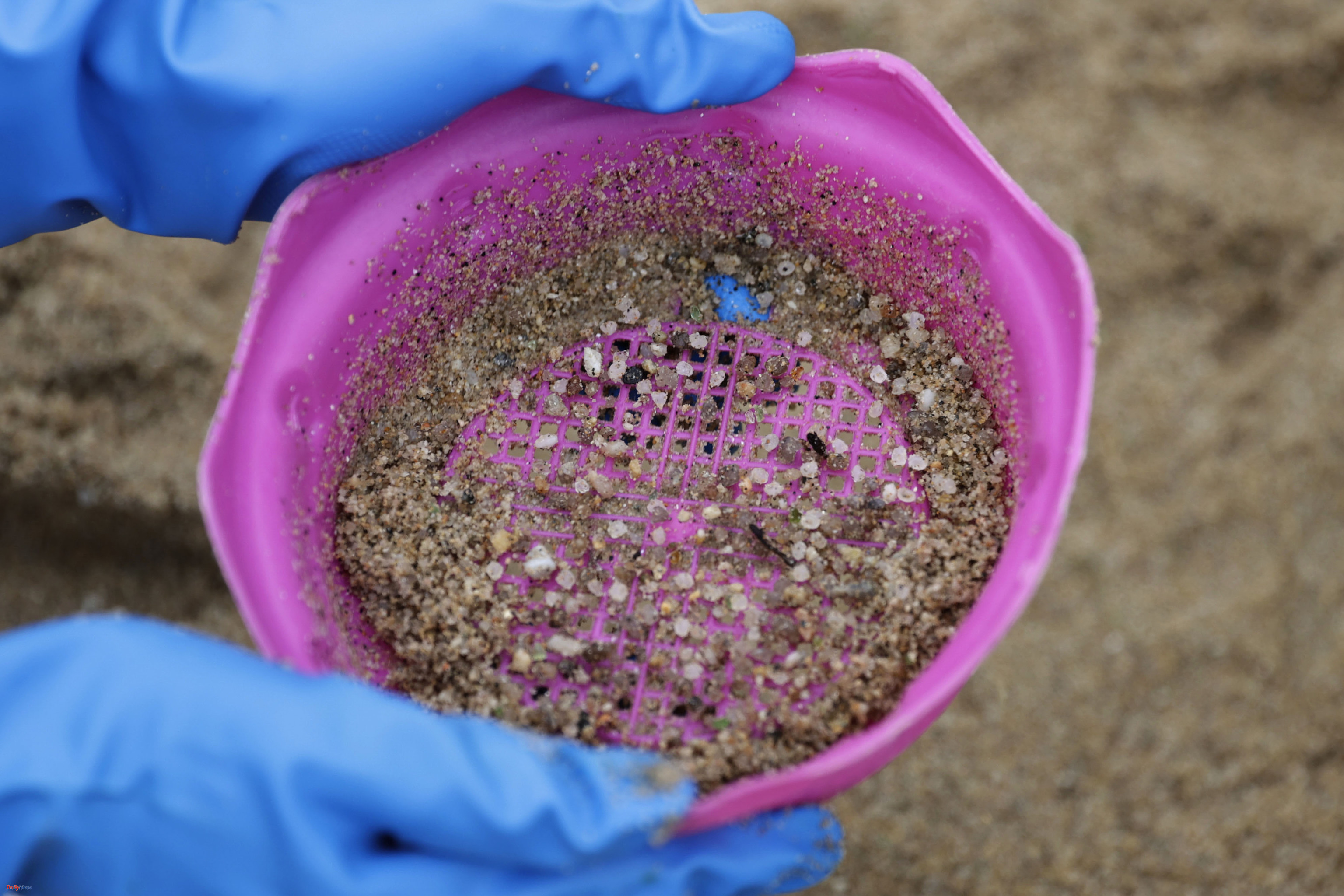For almost a month, specifically since last December 13, the Galician and Asturian beaches have been full of plastic pellets in bags of about 15 kilograms.
They are part of the remains of one of the six containers that the Toconao ship lost on December 8 about 80 kilometers west of Viana do Castelo (Portugal). According to cargo ship sources, each damaged container houses about a thousand bags of pellets.
The pellet, also called "pellet", is the raw material with which plastic products are manufactured.
They are polymers that can be melted and given the desired shape to manufacture the desired product, according to data from the National Association of Plastics Industries (ANAIP)
The most usual way of manufacturing and distributing this raw material is in the form of balls such as polyethylene terephthalate (PET), polyethylene (PE) or polypropylene (PP), among others.
These little balls are a few millimeters in diameter, but they are visible and larger than the average diameter of a grain of sand.
Given their small size, these plastics, spread throughout the water column, will most certainly end up being integrated into food chains.
According to Greenpeace, it is easy for birds and fish to ingest them, confusing them with food, as they look like "small eggs."
Its ingestion can cause gastric problems and even death in these animals, as well as ending up integrated into the food chain.
It is also very likely that they will gradually decompose into microplastics, thus affecting filter-feeding organisms, according to the environmental organization, which has warned that, in addition, these plastic components end up absorbing other marine pollutants, becoming more dangerous over time.
The term pellets may be very familiar in many homes that use heating boilers.
For combustion, wood pellets, sawdust remains and pressed wood are used, which heat the water in a closed circuit. However, plastic pellets, like those from the maritime accident on the Galician coast, are another type of material used in the home.
According to data from Plastics Europe, more than 50,000 manufacturers around the world use this material to make plastic products such as bottles, containers or bags.
To prevent pellets from ending up in the environment and make the most of the raw material, the sector launched the Operation Clean Sweep initiative, which the Spanish industry joined in 2016 and which has the support of the Ministry for the Ecological Transition since 2021.
From the EFE agency, they highlight that this voluntary initiative is based on the self-assessment of companies. These companies must locate the points in their facilities where pellet leaks may occur.












